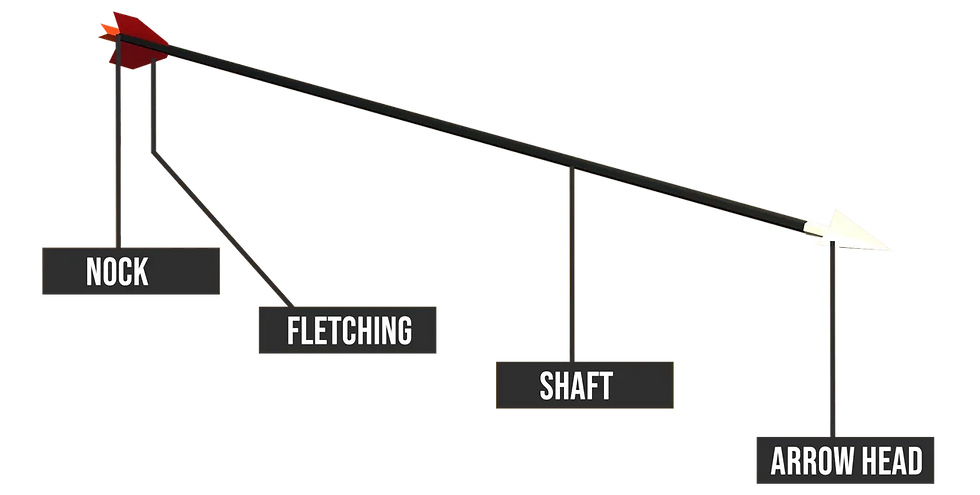Essentials: Beginner's Guide to the Bow and Arrow
- rimayaarchery
- Oct 7
- 2 min read
Throughout history, various civilizations have independently crafted their own variation of the bow and arrow. You'll find that there is not just one or a few types of them, rather hundreds. In our classes, we use recurve bows and traditional Ottoman bows. Both these bows are similar and will not have any add-ons to preserve the traditional aspect of archery. In this way, we are able to teach the fundamentals and give you the full archery experience in your learning journey. This guide will familiarize you with the parts of the bow and arrow so that when we tell you not to grip the riser too tightly, you'll understand exactly what we mean.

The riser is the central part of the bow, it connects to both limbs of the bow, completing it. Within the riser you’ll find the grip, the shelf, and the arrow rest. Although not essential, you can also add several other add-ons to the riser such as stabilizers, clickers, sights, etc. These are tools used in modern archery to improve accuracy and keep shots as consistent as possible.
The grip is the curved part of the riser designed to let you comfortably hold the bow while shooting.
The shelf is the part of the riser designed to let the arrow rest on while shooting.
The bowstring is stretched between the tip of the limbs where the string nock is located.
On a more traditional bow, specifically the Ottoman bow, you'll find that the bow is one piece (like a a curved stick) as opposed to the recurve bow in the diagram, which can be taken apart. This is why it is also known as a takedown bow.
Parts of the arrow:

The arrow is exactly what it seems like. A stick with a pointy edge and feathers on the other end, just in fancier terms.
The stick is called a shaft, which forms the main body of the arrow.
On one end of the shaft is the arrowhead (the pointy edge) meant to penetrate the target.
On the other end is the nock which fits itself to the bowstring. It is a small plastic tip with a slot in the middle for the bowstring to fit through.
Below the nock is the fletching, this is usually in the form of feathers or rubber vanes. Most arrows will have three feathers. Among these three is the cock feather/index vane which is a different colored feather that sticks out when resting on the shelf.
With time, you'll become more familiar with the bow until wielding it becomes an instinct. Once your instructor has determined you are proficient with the basics of archery, you can begin exploring with different bows, draw weights, add-ons, and more!



Comments